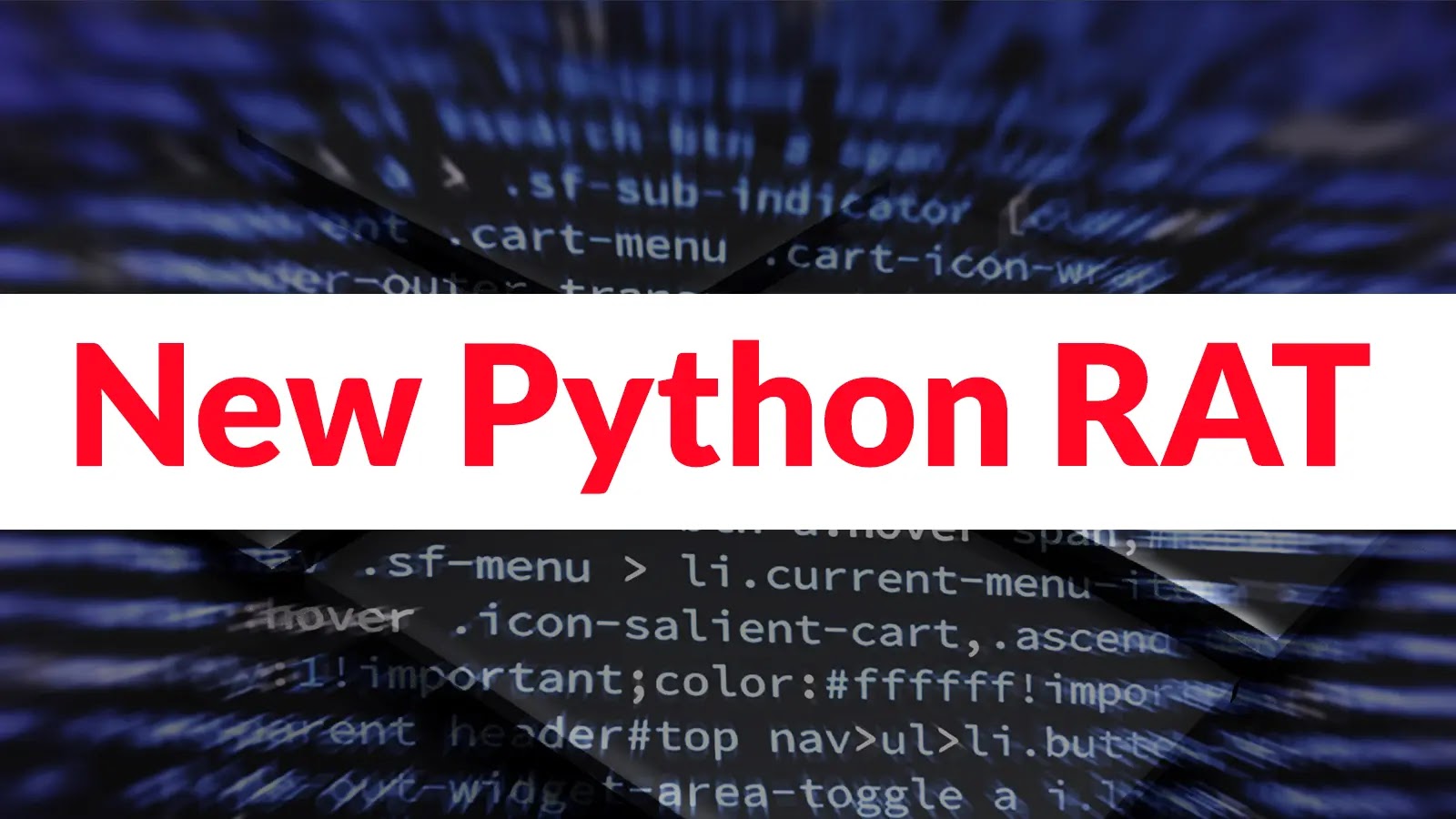
New Python RAT Mimic as Legitimate Minecraft App Steals Sensitive Data from Users Computer
Unmasking the Minecraft Imposter: A Python RAT’s Stealthy Infiltration
The digital playground of gaming, often perceived as a realm of innocent entertainment, has once again become a hunting ground for malicious actors. A new, sophisticated Python-based Remote Access Trojan (RAT) has surfaced, slyly masquerading as a legitimate Minecraft application to ensnare unwary users. This multi-functional RAT represents a significant threat, leveraging the ubiquitous Telegram Bot API for its command and control (C2) infrastructure, enabling attackers to pilfer sensitive data and exert remote control over compromised systems.
The Devious Disguise: How the Python RAT Operates
At its core, this novel RAT thrives on deception. By packaging itself within what appears to be a genuine Minecraft client, it preys on the trust and enthusiasm of gamers eager to jump into their favorite virtual worlds. Once executed, the malicious code silently infiltrates the victim’s machine, establishing a foothold that allows attackers to initiate a range of nefarious activities. The choice of Python as the development language offers several advantages to the attackers, including cross-platform compatibility and a rich ecosystem of libraries that can be exploited for malicious purposes.
The RAT’s effectiveness stems from its ability to mimic legitimate software, making it incredibly difficult for standard users to detect. This social engineering tactic is a cornerstone of many successful cyberattacks, as human error and lack of awareness often pave the way for malware to bypass initial defenses.
Telegram: The Covert Command and Control Channel
One of the most concerning aspects of this Python RAT is its utilization of the Telegram Bot API for its C2 operations. Telegram, a popular messaging application known for its encryption features, provides a seemingly innocuous and readily available platform for attackers to communicate with their malware. This approach offers several benefits to the threat actors:
- Evasion: Network traffic to Telegram servers might not immediately raise suspicion compared to custom C2 domains.
- Accessibility: Telegram’s widespread use makes it a convenient and easily accessible platform for managing numerous compromised machines.
- Functionality: The Bot API provides a robust set of tools for sending commands, receiving data, and interacting with the RAT in real-time.
Through this Telegram-based C2, attackers can issue commands to the compromised system, ranging from simple file exfiltration to more complex remote execution of arbitrary code.
The Scope of Sensitive Data Exfiltration
The primary objective of this RAT, like many others, is the exfiltration of sensitive data. While the specific types of data targeted can vary, common examples include:
- Credentials (passwords, usernames for various online accounts)
- Financial information (credit card details, banking credentials)
- Personal identifiable information (PII)
- Gaming account details (Minecraft login, other platform credentials)
- Documents and files from the victim’s machine
- Keyboard input (keylogging)
- Screenshots and webcam feeds
The ability to remotely interact with the victim’s machine means attackers can effectively take control, turning the user’s computer into a tool for further malicious activities, such as launching denial-of-service attacks or participating in botnets.
Remediation Actions: Fortifying Your Digital Defenses
Protecting yourself from such sophisticated threats requires a multi-layered approach to cybersecurity. Here are critical remediation actions to consider:
- Verify Software Sources: Always download games and applications only from official and trusted sources. Avoid unofficial websites, cracked versions, or suspicious links.
- Employ Robust Antivirus/Endpoint Detection and Response (EDR): Ensure your antivirus software is up-to-date and actively scanning your system. EDR solutions offer more advanced threat detection and response capabilities.
- Educate Yourself on Phishing and Social Engineering: Be wary of unsolicited emails, messages, or pop-ups that prompt you to download software, even if they appear to be from legitimate sources.
- Enable Two-Factor Authentication (2FA): Where available, enable 2FA on all your critical accounts (gaming platforms, email, banking) to add an extra layer of security.
- Principle of Least Privilege: Run games and applications with the minimum necessary permissions.
- Regular Backups: Maintain regular backups of your important data to external drives or secure cloud storage to mitigate data loss in case of a compromise.
- Monitor Network Traffic: For IT professionals and advanced users, monitoring outbound network connections can help identify unusual activity to unknown or suspicious Telegram endpoints.
- Keep Systems Updated: Regularly update your operating system, web browsers, and all software to patch known vulnerabilities. While this RAT’s specific CVE is not publicly disclosed, maintaining updated systems addresses general security hygiene.
Tools for Detection and Mitigation
| Tool Name | Purpose | Link |
|---|---|---|
| Virustotal | Online service for analyzing suspicious files and URLs. Helps identify known malware signatures. | https://www.virustotal.com |
| Any.Run | Interactive online sandbox for malware analysis. Useful for observing malware behavior in a controlled environment. | https://any.run |
| Wireshark | Network protocol analyzer. Can be used to monitor network traffic for suspicious C2 communications (e.g., to Telegram APIs). | https://www.wireshark.org |
| Process Explorer | Advanced task manager for Windows. Helps identify suspicious processes and their associated files and network connections. | https://learn.microsoft.com/en-us/sysinternals/downloads/process-explorer |
Key Takeaways: Staying Vigilant in the Gaming World
The emergence of this Python RAT highlights the ongoing sophistication of cyber threats and the importance of a proactive security posture, even in recreational activities like gaming. Attackers constantly evolve their tactics, leveraging social engineering and common platforms like Telegram to bypass security measures. Users, particularly those in the gaming community, must exercise heightened vigilance, verify software sources scrupulously, and implement robust security practices to safeguard their sensitive data and digital identities. Staying informed about the latest threats is not just for security professionals; it’s a necessity for every internet user.





